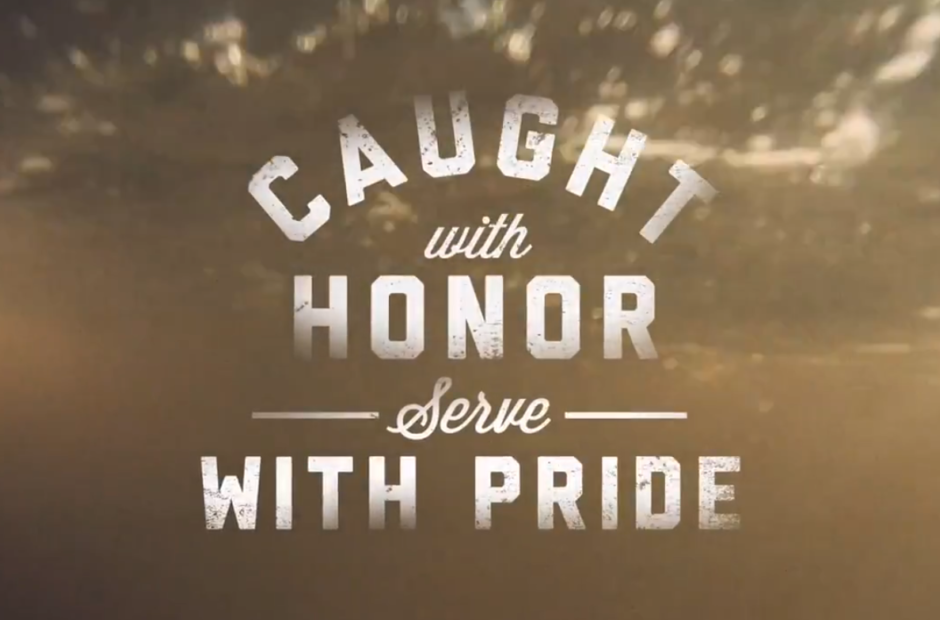


What happens when “smart” technology meets one of the oldest industries in human history? In the case of two comprehensive seafood-tracking programs, the result is an easy and comprehensive way for consumers to learn the history of their purchases, from sea to stove.
The first is known as the Gulf Seafood Trace program, funded by Congress and created in 2011 by the Gulf States Marine Fisheries Commission (GSMFC). The commission developed it for a two-fold purpose: to stamp out mislabeling of seafood products and to offset any negative perceptions of Gulf seafood after the Deepwater Horizon oil spill of 2010. It uses traceability software by Seattle-based Trace Register, which has more than 800 clients in 24 countries, primarily in the food industry.
And, according to officials with the GSMFC, the result has been a positive one. To date, 54 businesses are participating in the program, from each of the 5 Gulf Coast states, tracking millions of pounds of prime seafood.
Here’s how it works.
Working with inventory, or “trip-ticket, “software already used throughout the seafood industry, the free traceability program creates a digital profile of each product as it moves from boat to processing plant to wholesaler, retailer and, finally, consumer. That information – the story of the locally harvested product – can then be accessed via the internet on computers and smart phones, using specific quick reference (QR) codes.
Which means that a customer can walk into participating retailers to purchase any number of fresh seafood products, scan the QR code on, say, a pound of shrimp and verify when and where it was caught and processed by Dominick’s Seafood in Bayou La Batre. That way, before they toss it into a scampi or wrap it with bacon for the grill, they know they’re dealing with a 100-percent local product and supporting area businesses at a maximum.
“From everything we see, consumers want to know more about their food, and where their food is coming from, (as well as) what’s in that product,” said Alex Miller, program manager for Gulf Seafood Trace and an economist with the GSMFC. “The whole goal all along is to increase the confidence (in Gulf seafood) and put information and tools in the marketplace to help with that.”
According to Miller, the Gulf Seafood Trace has fostered partnerships with marketing and promotion organizations throughout the Gulf states, which should help grow the program through the end of 2014, when the current level of governmental funding is scheduled to run out.
The other tracking program used in the state is the Gulf Wild system, which “ensures that your grouper, snapper, and other seafood came from a well-monitored and continuously improving fishery,” according to its website.
Like Gulf Seafood Trace, the Gulf Wild program allows consumers to walk into retailers such as Steel City Seafood in Birmingham, and learn all they could ever need to know about the origin and quality of their fish.
Johnny Caradine of Steel City Seafood said his company’s participation in Gulf Wild has been a wholly positive endeavor. Not only does it give his customers a substantial hook on which to hang their pride in Alabama Gulf seafood, but also it combats mislabeling of fish, which is a major issue in the industry today.
According to the environmental group Oceana, one out of every three fish tested out of 1,215 samples from 674 retailers on 21 states were mislabeled. The full report is available from Oceana’s website here.
And according to Caradine, adding an additional system of checks and balances for the consumer serves to reinforce the practices of fishermen and processors striving for accuracy and freshness in their products.
“What I like about it the most is the fishermen are taking a lot of pride in what they’re doing,” he said. “They don’t want their name tied to something that isn’t the best.”
That momentum of quality travels all the way up the supply chain to the point of sale, Caradine said. Steel City Seafood serves restaurants throughout the southeast, and an accurate accounting of what their chefs purchase is a huge selling point.
“We have a lot of restaurants that have really locked onto it,” he said. “Chefs like to know where their products are coming from, and now you’ve got customers going in excited about tracing the seafood they’re about to eat.”